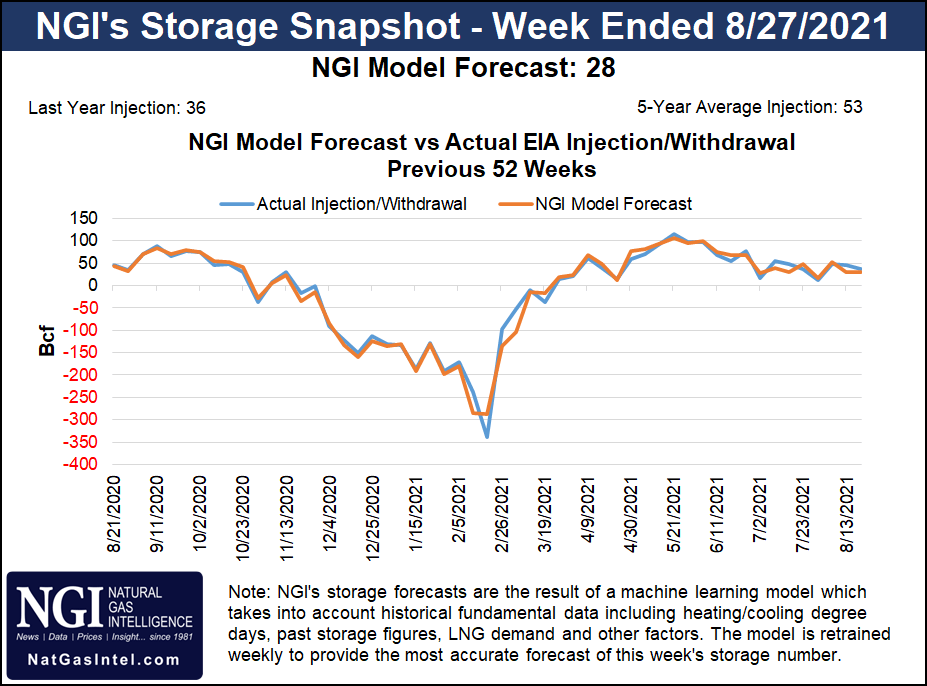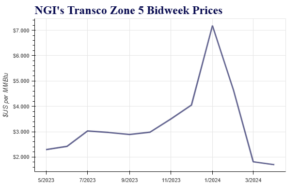Markets | E&P | Infrastructure | LNG | Natural Gas Prices | NGI All News Access
Natural Gas Futures Soar Again on Expectations for Paltry Storage Result, Prolonged Production Cuts in Ida’s Wake
© 2024 Natural Gas Intelligence. All rights reserved.
ISSN © 1532-1231 | ISSN © 2577-9877 |



